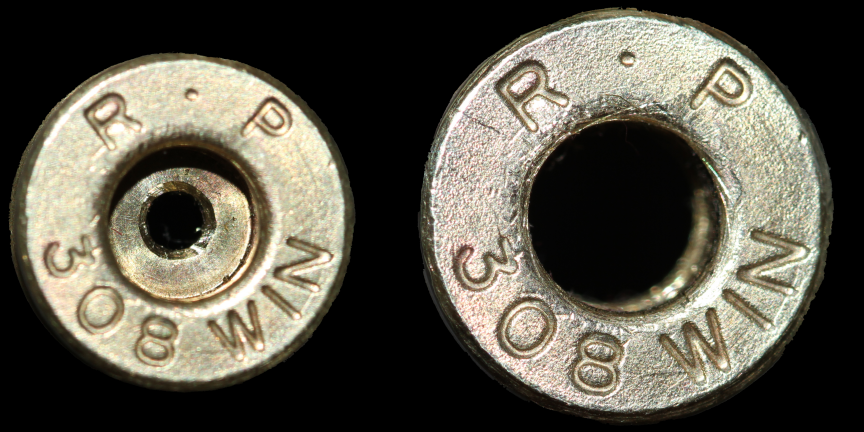I seat and firmly crimp a bullet very long, smoke it with a lighter, jam into the lands, and measure the marks. I use a base to ogive comparator to measure this, and record the distance, subtracting the jammed length and my desired jump as appropriate. In using this method, I know my actual dead length from bolt face to the ogive datum contact point against the leade. I do chase my lands in some of my rifles - just repeat the above method.
Another method I have used - using a Hornady Headspace Comparator and a bullet comparator and their bullet seating "gauge," I'll spindle the bullet into the lands, then measure the distances from base to shoulder datum and base to ogive datum. Subtracting these two distances gives me a comparator reference distance from the shoulder to the lands. Then using a properly sized case for the rifle, I replicate that comparator reference length from shoulder to lands, minus my desired jump (or plus my desired jam).
COAL and base to ogive length using a Hornady Modified Case and their gauge is 100% irrelevant. The base of the modified case when using their tool system is free floating in space, and may not actually correspond to your actual bolt face position. It works, but you do have to correct your COAL and base to ogive length against a properly sized case matching your actual chamber. I have generally found the Hornady gauges to be shorter than my actual chambers (which makes sense, as this would produce a safer load than an error on the long side), resulting in more bullet jump than I really want. By "zeroing" my numbers against a once fired reference case, I get actual COAL's and base-to-ogive lengths suited to my rifle's chamber. All it's really doing is measuring the difference in the dead-length positions of the shoulder and the ogive, which is still a valuable length to understand.



